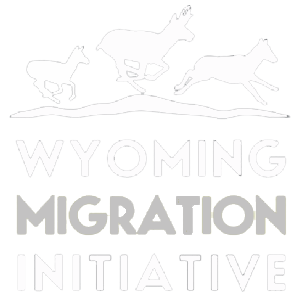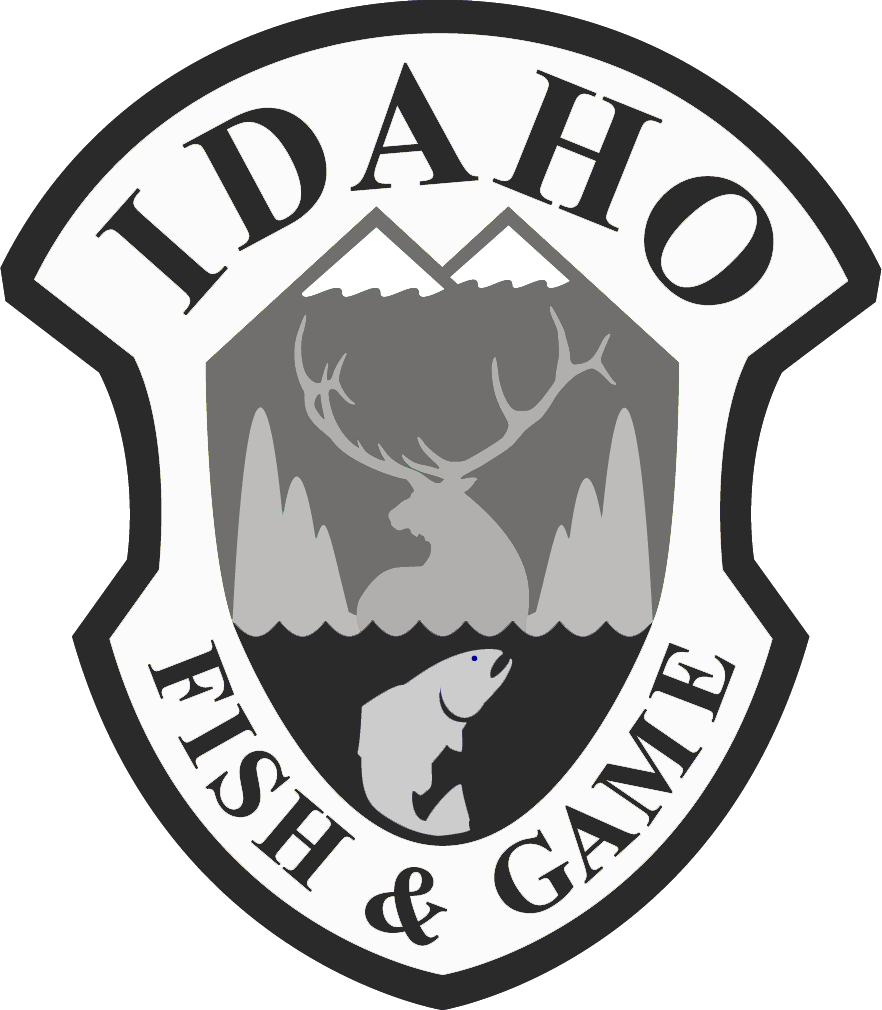Greater Yellowstone Ecosystem
The vast Greater Yellowstone Ecosystem harbors North America’s most diverse large mammal assemblage. Six ungulate species migrate seasonally from 20-150 miles: elk, mule deer, pronghorn, bighorn sheep, moose, and bison. Five large carnivore species prey on these ungulates: grizzly and black bears, wolves, mountain lions, and coyotes. The opportunity to see migratory herds and the carnivores that hunt them – and to harvest some of these species – draws millions of visitors and fuels important economic activity in the region. Yet the GYE has long faced a common conservation problem: its national parks, Yellowstone and Grand Teton (YNP and GTNP), are too small to fully protect their wildlife year-round. Meanwhile, out on the multiple-use public and private lands that surround the parks, residential and energy development, invasive species, and livestock disease – all compounded by low social tolerance due to human-wildlife conflict – significantly impact populations and their ecological interactions. Some of these conflicts are very costly to people who live in the area. We are interested in understanding the ecology of wide-ranging wildlife in the GYE – particularly those species that roam cross jurisdictional boundaries – and in contributing to management and public understanding wherever possible. We are also keenly interested in bringing scholars and professionals together, across fields, to explore innovative solutions to the conflicts in this landscape. We maintain an active partnership with the Buffalo Bill Center of the West in Cody, Wyoming, which provides us a "home away from home" in pursuit of our field studies across this region.
Partners and cooperators





















